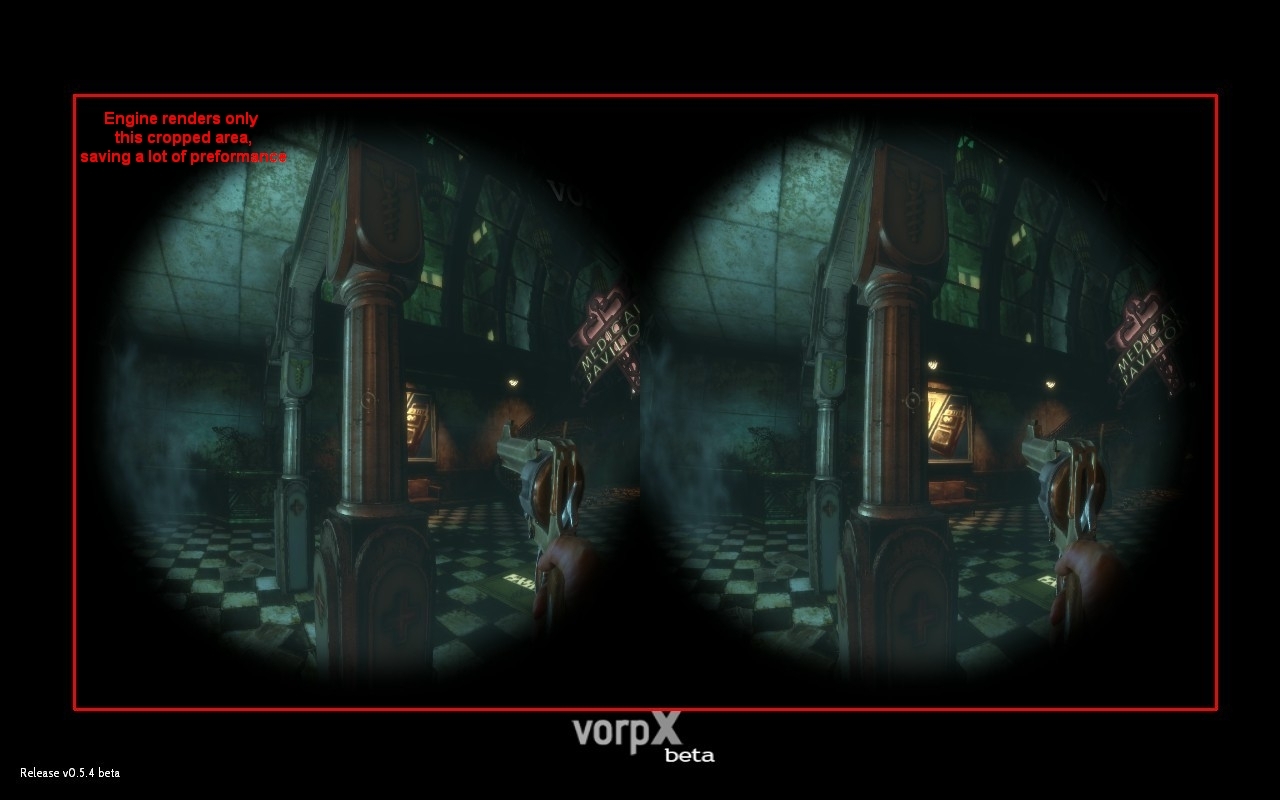I'd prefer something that accept a rectilinear projection in 1080p from the HDMI, and use an internal ASIC to do all the corrections. It would be easier to port/adapt games, and the glasses would be compatible with bluray 3D or phones/tablets micro-hdmi out.
They'd need a chip that can correct everything: vignetting, strong geometric distortion, chromatic aberrations, and a full 3D LUT for the usually horrible LCD response. Sony already have some interesting asics with all these blocks integrated on one chip. They are used in their projectors and they are "in-line" processing, lag is only a fraction of a frame. They correct everything, including a 56 zones geometry correction per channel.
On glass panels (not the fancy oled on silicon from Sony), the max resolution possible is 560dpi from samsung. A pair of 3.5"x2" inch would do 1080p per eye. Even better, 3.5"x2.6" for 1440p.
With enough scene data, and using the Move-like tracking of the head, maybe they can do frame interpolation from a 30fps game, and then shift and distort the image to track the head without latency. The price to pay is a small amount interpolation artifacts, but unlike the current TVs interpolations which need to calculate motion vectors in a crude way from multiple frames, this time they have the exact scene data, and they have the camera's position associated with that frame. Heck, even a simple "camera anti-shake" algorithm would be useful, shift/rotate the image to match the head position to the current frame scene data.
All that for 999$



